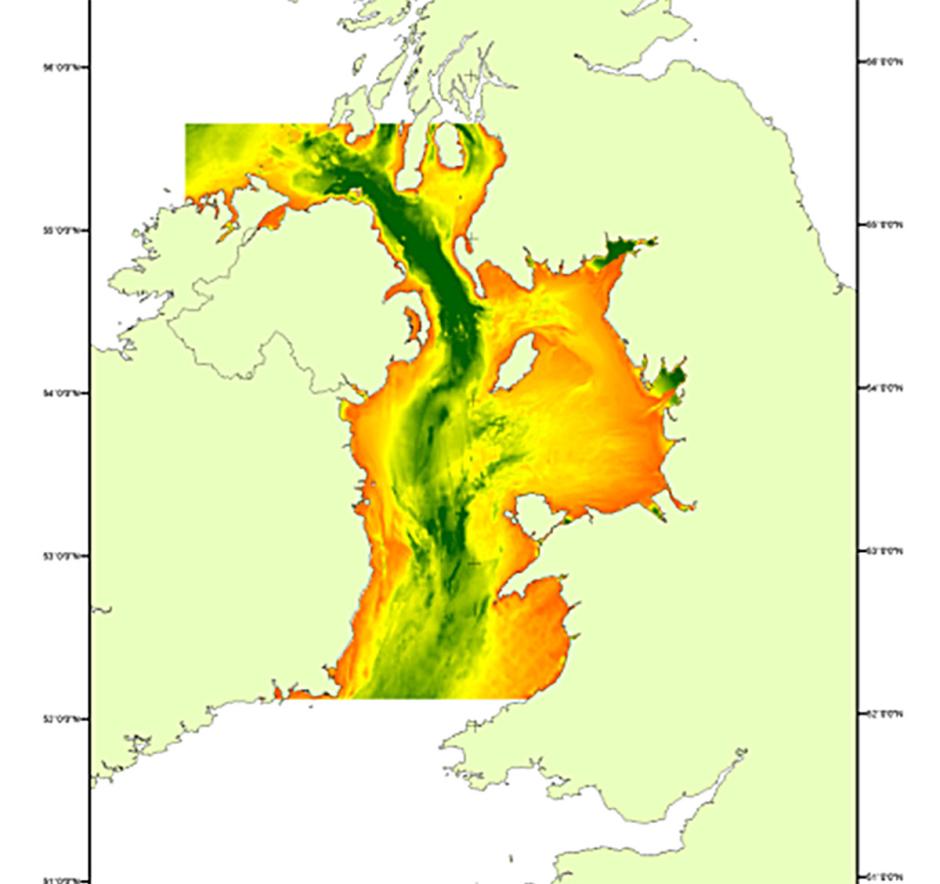Essential Fish Habitat (EFH)
Fish and shellfish species go through several life history stages, typically including egg, larval, juvenile and adult phases before becoming available to commercial fisheries or contributing to future generations. Each stage is closely associated with discrete and identifiable marine habitats. Loss or modification of these habitats will therefore have a dramatic affect on recruitment, and hence the sustainability of the species.
Essential Fish Habitat
Essential Fish Habitat is defined in the Magnuson-Stevens Fishery Conservation and Management Act (North America) as “...those waters and substrata necessary to fish for spawning, breeding, feeding, or growth to maturity.”
By understanding the habitat requirements of fish species and mapping these essential fish habitats, managers are better able to secure the fishery within an ecosystem based approach to management. The use of maps to represent fisheries interests allows the use of marine spatial planning, which can greatly assist in understanding the overlap, and hence potential impact of overlapping pressures (eg. gravel extraction and herring spawning grounds).
EFHs complement our understanding of stock distribution and functioning, and ultimately substantiate our ecosystem based approach to fisheries management.
Using data collected from AFBI trawl and plankton surveys we have developed EFH maps for the following commercial fish species:
- Cod (Gadus morhua)
- Haddock (Melanogrammus aeglefinus)
- Whiting (Merlangius merlangus)
- Herring (Clupea harengus)
- European Plaice (Pleuronectes platessa)
- Dublin Bay Prawn (Nephrops norvegicus)
- Sole (Solea solea)
